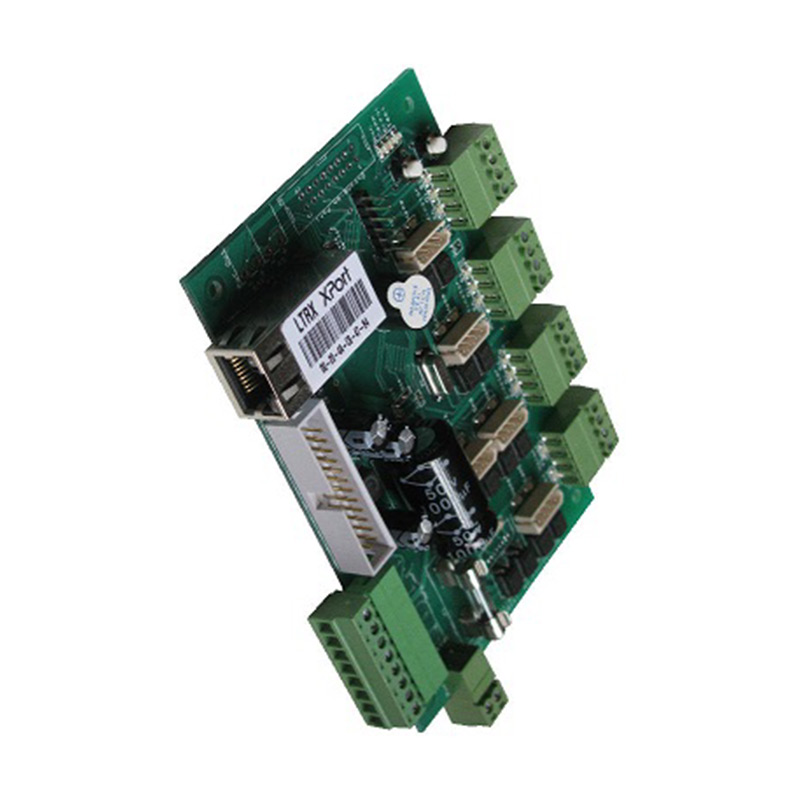

A Comprehensive Guide to Tinted Glass Types
Tinted glass has become increasingly popular in various applications, from residential to commercial and automotive settings. The purpose of tinting glass goes beyond aesthetic appeal; it serves functional purposes such as reducing glare, enhancing privacy, improving energy efficiency, and providing UV protection. The different types of tinted glass cater to diverse needs and preferences. This article will delve into the various types of tinted glass, their benefits, and ideal applications.
a. Solar-Control Tinted Glass Solar-control tinted glass is specifically designed to reduce solar heat gain, making it popular for buildings in sunny climates. This type of glass features varying shades that block a significant portion of the sun’s rays, thereby lowering indoor temperatures and reducing reliance on air conditioning systems. It is available in different tint levels, allowing property owners to choose how much light and heat they wish to filter.
b. Privacy Tinted Glass Privacy tinted glass is commonly used in residential and commercial applications where seclusion is desired. This type of glass often has darker tint levels, providing a high degree of privacy during the day while reportedly allowing visibility from the inside out. Ideal for bathrooms, offices, and conference rooms, privacy tinted glass ensures individuals can go about their activities without being easily observed from outside.
c. Decorative Tinted Glass Decorative tinted glass combines aesthetics with function. It features colored films or coatings that can enhance the design of a space while still controlling light and heat. This type is used in residential settings for things like back doors or patio windows and in commercial designs for storefronts and office partitions. With a variety of colors and patterns available, decorative tinted glass offers a unique way to personalize spaces.
d. Laminated Tinted Glass Laminated tinted glass consists of two or more layers of glass fused together with a plastic interlayer that can also be tinted. This combination provides added security, acoustic control, and UV protection. Laminated tinted glass is ideal for areas where safety is a priority, such as in schools, hospitals, and storefronts, where both aesthetics and functionality are paramount.

e. Insulated Tinted Glass Insulated tinted glass—also known as double-glazed or triple-glazed tinted glass—features multiple layers of glass separated by air or gas-filled spaces. This design enhances energy efficiency by reducing heat transfer between indoors and outdoors. Insulated tinted glass not only improves thermal comfort but also minimizes noise, making it an excellent choice for urban environments or buildings close to busy roads.
2. Benefits of Tinted Glass
The advantages of installing tinted glass are numerous. The primary benefit is improved energy efficiency, which is increasingly important in today’s eco-conscious world. By reducing reliance on heating and cooling systems, tinted glass helps lower energy bills and decreases the carbon footprint of buildings.
Moreover, tinted glass provides UV protection by blocking up to 99% of harmful ultraviolet rays. This is crucial for protecting furniture, carpets, and artwork from fading. Furthermore, tinted glass enhances the aesthetics of a property and can increase its market value.
3. Conclusion
In conclusion, tinted glass serves a plethora of functional and aesthetic purposes across different applications. Whether opting for solar-control tinted glass to manage heat, privacy tinted glass for seclusion, or decorative tinted glass for an upscale look, the options are plentiful. As technology advances, the quality and variety of tinted glass continue to improve, making it an increasingly viable choice for homeowners and businesses alike. Understanding the unique properties and benefits of each type empowers consumers to make informed decisions, ensuring that the glass they choose aligns with their specific needs and enhances their living or working spaces.